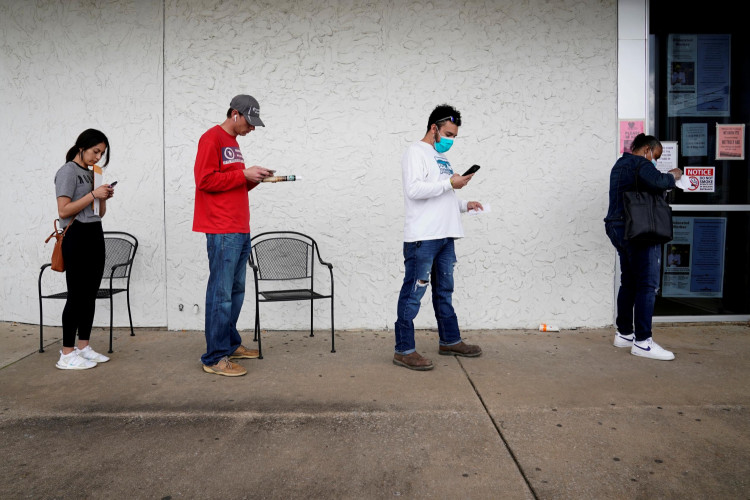The number of Americans filing for unemployment benefits fell to 211,000 in the week ending December 28, marking the lowest level since March, according to the Labor Department's report released Thursday. This decline of 9,000 claims highlights continued resilience in the U.S. labor market despite broader signs of cooling.
The four-week moving average of jobless claims, a measure that smooths out weekly volatility, also decreased by 3,500 to 223,250. Meanwhile, the total number of people receiving unemployment benefits dropped by 52,000 to 1.84 million, further underscoring robust job security across much of the workforce.
These figures come against a backdrop of slower but steady hiring. Employers added an average of 180,000 jobs per month through November, down from 251,000 in 2023 and a peak of 604,000 in 2021 during the post-pandemic recovery. While hiring has slowed, it remains strong enough to keep unemployment at a modest 4.2%, a slight increase from the 3.4% low seen in 2023.
The labor market's strength was unexpected, given forecasts by economists who had anticipated claims would rise to 225,000. Seasonal factors tied to year-end hiring activity often introduce volatility to the data, but the lower-than-expected claims point to a more stable labor environment than some had projected.
The Federal Reserve, which has raised interest rates 11 times since 2022 to combat inflation, has begun easing its monetary policy, reflecting progress in its fight against rising prices. Inflation, measured by the consumer price index, has fallen from a peak of 9.1% in mid-2022 to 2.7% in November 2024. However, inflation remains above the Fed's 2% target, prompting a cautious approach to rate cuts moving forward.
At its December meeting, the central bank enacted its third consecutive interest rate cut of the year, reducing its benchmark rate by a quarter-point. Policymakers signaled a more restrained approach for 2025, revising their projections to just two additional rate cuts, down from four anticipated earlier. Federal Reserve officials also adjusted their unemployment outlook, lowering it slightly from 4.4% to 4.3%.
Despite these positive signals, the labor market has shown signs of cooling in some areas. The average duration of unemployment rose to a two-year high of 24 weeks in November, up from 20 weeks the previous year. Additionally, the ratio of job openings to job seekers has narrowed from 2-to-1 in 2023 to approximately 1.1-to-1, reflecting a tighter balance between labor supply and demand.
The decline in unemployment claims aligns with broader trends of moderate but consistent economic growth. The job market has cooled considerably since the hiring boom of 2021-2023, yet it continues to defy expectations of a more significant slowdown. Employers are expected to have added 160,000 jobs in December, according to forecasts ahead of the Labor Department's upcoming employment report on January 10.
The Fed's December rate cut comes amid debates about whether monetary tightening has gone far enough or too far. Critics have questioned the size of the central bank's earlier rate cuts, noting that inflation projections for 2025 were revised upward in December to 2.5%, as measured by the personal consumption expenditures (PCE) price index. This has prompted some to speculate whether the economy is running hotter than previously anticipated.






